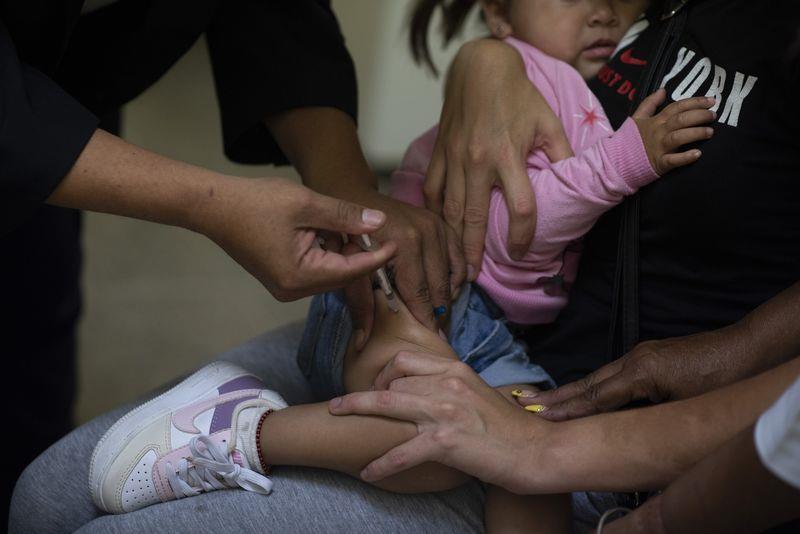
2 minute read
ROTARY’S DECEMBER FOCUS – DISEASE PREVENTION/TREATMENT
DECEMBER FOCUS DISEASE PREVENTION/TREATMENT
BY JASON GALE
Advertisement
October 24, 2022 at 6:00 a.m. EDT
Click here to read the whole article.
Bill Gates told me this month his philanthropic foundation was committing an additional $1.2 billion to vanquish polio -- a disease that’s come so close to eradication over the past 15 years that anyone younger than 20 could be forgiven for thinking it’s already happened.
It’s a classic case of out of sight, out of mind. Although wards of children kept alive inside iron lungs are a distant memory, the threat persists.
One group hasn’t lost sight of that. Rotary International has invested $2.6 billion in polio eradication since starting a vaccination campaign in the Philippines in 1979.
“We’re sticking with it until we finish the job and keep our promise to the children of the world,” Carol Pandak, the Chicago-based director of Rotary’s PolioPlus program, told me over Zoom.
Polio transmission has never stopped in Pakistan and Afghanistan. A mutated strain derived from the live virus used in the oral vaccine is spreading in non-immune people across parts of Africa, Asia and Europe, where it’s already paralyzed hundreds of children this year.
Outbreaks were also detected in the US, UK and Israel in recent months. And in June, an unvaccinated man in New York’s Rockland County contracted the disease. It’s a tragic reminder that “polio is still is a plane ride away,” Pandak said.
Stopping polio will require $4.8 billion in funding to provide 370 million children annually with vaccines and other essential health services through 2026, according to the Global Polio Eradication Initiative, of which Rotary and the Bill and Melinda Gates Foundation are partners. That’s on top of the nearly $19 billion the program has received since it began in 1988. The effort thus far has driven down cases worldwide by 99.9% and created what Pandak said is the world’s largest public health footprint.
Pandak, who’s worked on polio for 22 years, said she’s optimistic negotiations with the Taliban will give vaccinators better access to children in Afghanistan, and that vaccine hesitancy can be overcome in Waziristan, a mountainous region of Pakistan that’s become polio’s most tenacious stronghold.
“Rotary is good at going to the governments and talking to them,” Gates told me.
A healthcare worker administers a dose of a polio vaccine. Photographer: Carolina Cabral/Bloomberg
Polio transmission has never stopped in Pakistan and Afghanistan. A mutated strain derived from the live virus used in the oral vaccine is spreading in non-immune people across parts of Africa, Asia and Europe, where it’s already paralyzed hundreds of children this year.
Outbreaks were also detected in the US, UK and Israel in recent months. And in June, an unvaccinated man in New York’s Rockland County contracted the disease. It’s a tragic reminder that “polio is still is a plane ride away,” Pandak said.
Stopping polio will require $4.8 billion in funding to provide 370 million children annually with vaccines and other essential health services through 2026, according to the Global Polio Eradication Initiative, of which Rotary and the Bill and Melinda Gates Foundation are partners. That’s on top of the nearly $19 billion the program has received since it began in 1988.
The effort thus far has driven down cases worldwide by 99.9% and created what Pandak said is the world’s largest public health footprint.









